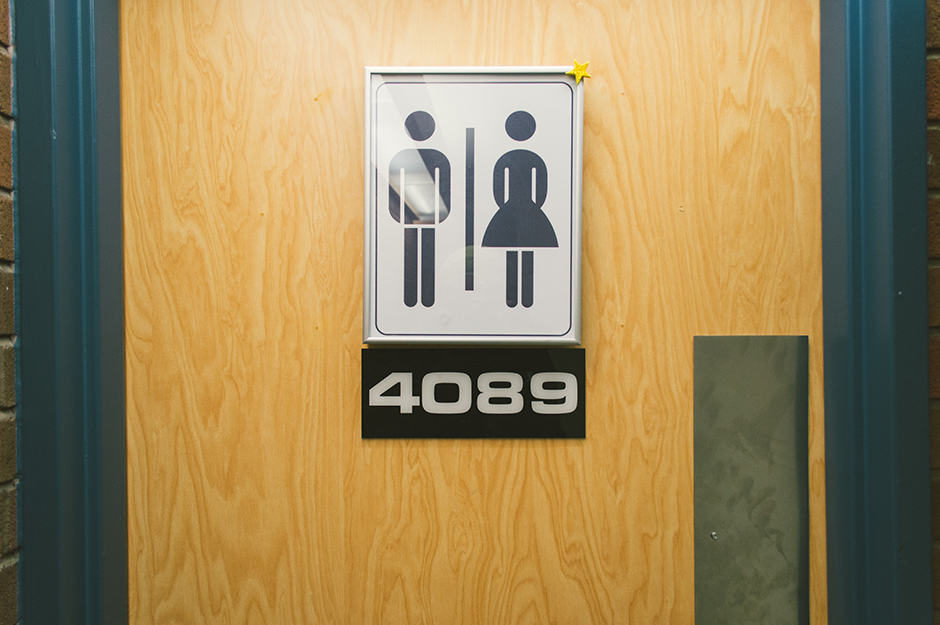You may have seen them in a library, at a campus gym, or in residences. Though many students say there are not enough on campus, the university has promised to build more gender-neutral washrooms with every new building constructed.
Gender-neutral washrooms are single-stalled spaces open to use for all people, regardless of gender identity or expression. Canadian universities are responding to increasing demands for such spaces, with many updating their policies to offer bathrooms that are accessible to all individuals.
At the University of Toronto, there are more than 20 gender-neutral washrooms.
Following a commitment from the university to include gender-neutral washrooms in all newly constructed buildings, the Sexual and Gender Diversity Office (SGDO) launched the Washroom Inclusivity Project. Teaming up with the Multi-Faith Centre and the Family Care Office, the project aims to survey washrooms to produce a campus map.
Similar initiatives have taken place at the Centre for Women and Trans People, which offers an online resource for locating both gender-neutral and single-gender washroom spaces on campus. In addition to addressing the needs of students and staff who may not identify within the gender binary, the Washroom Inclusivity Project has three other purposes: to make washrooms physically accessible, to provide baby changing stations, and to provide footbaths for religious students who may wish to wash before prayer.
Since its launch, four inventory days were held to collect the data on campus. Over the summer, the project released an online map that included information on all of the washrooms that were found. They are still looking for volunteers to update the map further.
The Washroom Inclusivity Project has also expanded to include Accessibility Services and the Accessibility for Ontarians with Disabilities Office, and is also in collaboration with Facilities & Services and property management.
According to Allison Burgess, SGDO officer, the Multi-Faith Centre is still a partner in the initiative, and the map will soon be updated to include information about ablution facilities on campus.
The project is concerned with ensuring that information is available for anyone seeking to find a facility that best suits their needs in order to foster a safer and more inclusive community.
Moving forward, Burgess says that the next step is to bring the Washroom Inclusivity Project to UTSC in March, and to UTM shortly after.


